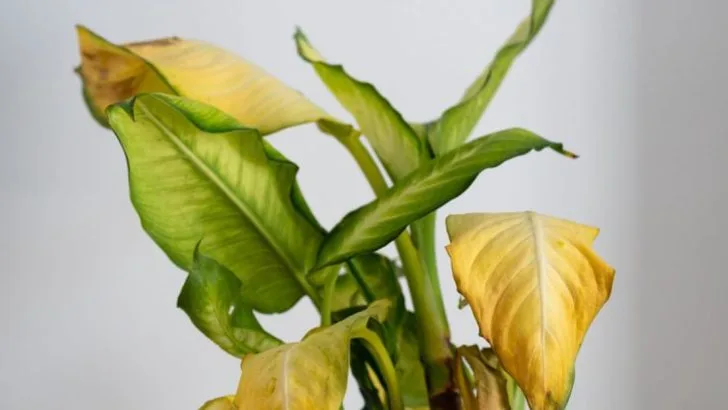Watering your plants properly is crucial for their health and growth, but many gardeners unknowingly make watering mistakes that can harm their plants. Overwatering, underwatering, or using the wrong techniques can lead to root rot, poor growth, and diseases.
In this article, we highlight 11 watering mistakes you’re probably making and how to fix them. From watering at the wrong time to using improper amounts of water, these common errors can be easily avoided. By following these simple tips, you’ll ensure your plants receive the right amount of hydration and thrive all season long!
Overwatering
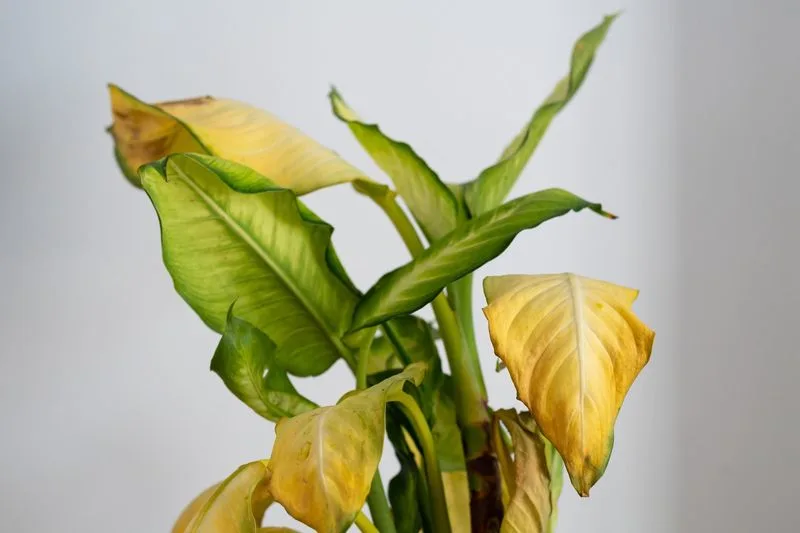
Many plant enthusiasts pour on the water, thinking it’s universally good, but too much can suffocate roots. Overwatered plants often have yellowing leaves and a mushy base. It’s crucial to check soil moisture before watering.
Stick your finger about an inch into the soil; if it’s dry, then it’s time for a drink. Overwatering is more common in indoor plants as they don’t have the sun or breeze to help evaporation.
Adjust your frequency based on the plant type, pot size, and environment. Opt for pots with drainage holes to avoid water accumulation.
Underwatering
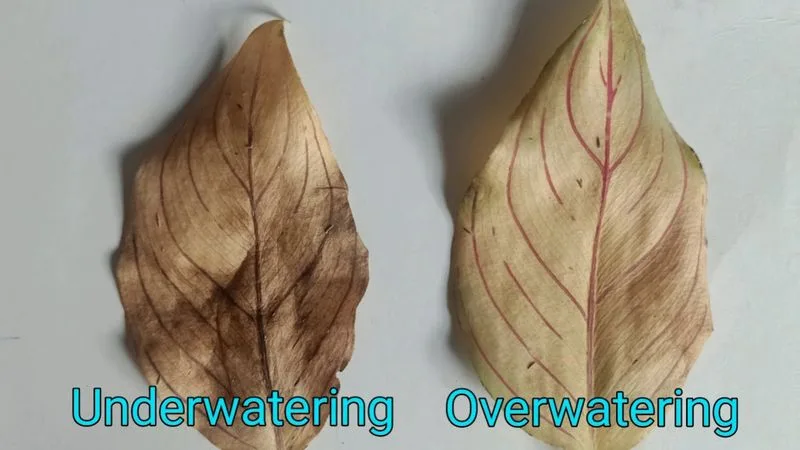
Neglecting your plants’ thirst can lead to wilting and crispy leaves. Underwatering is often a result of busy schedules or fear of overwatering.
Check your plants regularly to prevent dehydration. Signs include drooping and brown edges on leaves. The key is consistency rather than sporadic, heavy watering.
Use moisture meters or the finger test to ensure your plants receive adequate hydration. Sometimes, plants in a draughty spot may need extra attention.
Watering at The Wrong Time
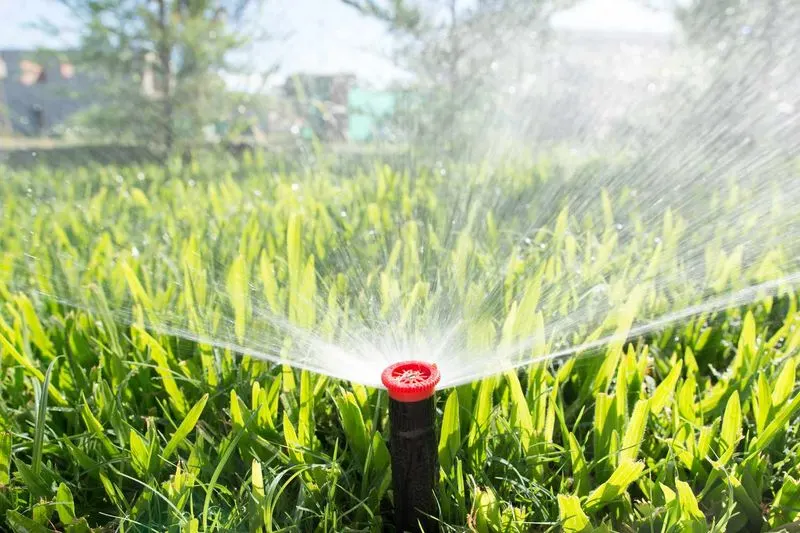
Watering under the midday sun can scorch plants as water droplets become mini lenses, concentrating sunlight. Early morning is ideal, minimizing evaporation and giving plants a refreshing start.
Evenings can work too, but damp overnight conditions can invite pests. Timing is essential; it’s about giving your plants the best chance to absorb moisture without risking damage.
Observe the sun patterns in your garden to find the optimal time for each area.
Ignoring Plant Types
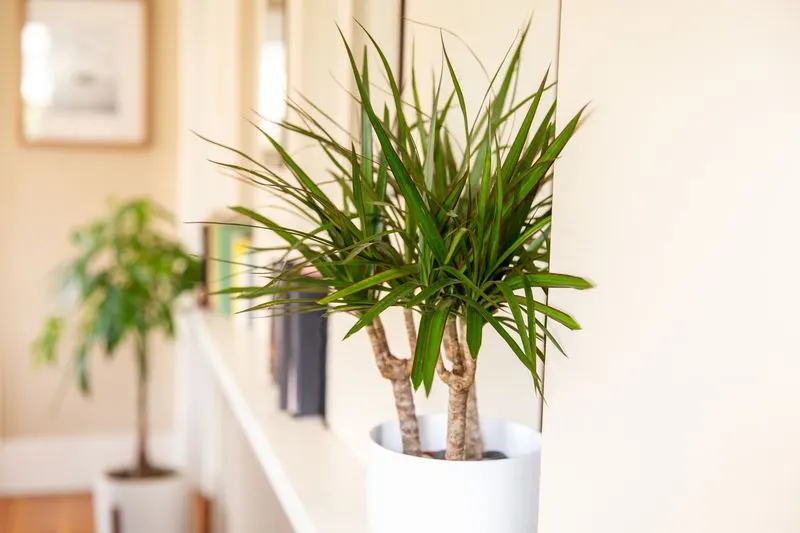
Each plant species has unique water requirements. Cacti enjoy infrequent watering, whereas ferns prefer consistently moist soil.
Using a uniform approach can stress some plants while drowning others. It’s vital to research your plant varieties to cater to their specific needs.
Grouping plants with similar requirements makes watering more manageable, ensuring each gets just the right amount of moisture.
Using Cold Water
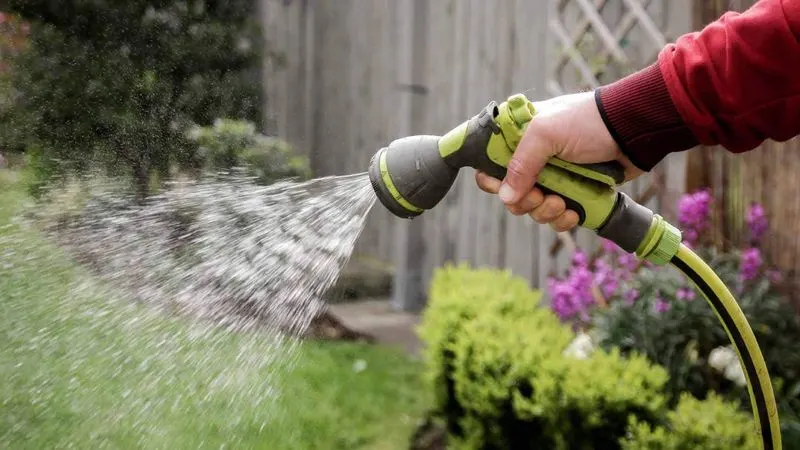
Cold water can shock your plants, slowing growth and causing leaf drop. Room temperature is best, allowing seamless absorption by roots.
Fill your watering can and let it sit for a few hours to reach ambient temperature before watering.
This practice is especially important for tropical plants that thrive in warmer climates. Consistent temperature ensures happy, healthy plants.
Watering the Leaves, Not the Roots
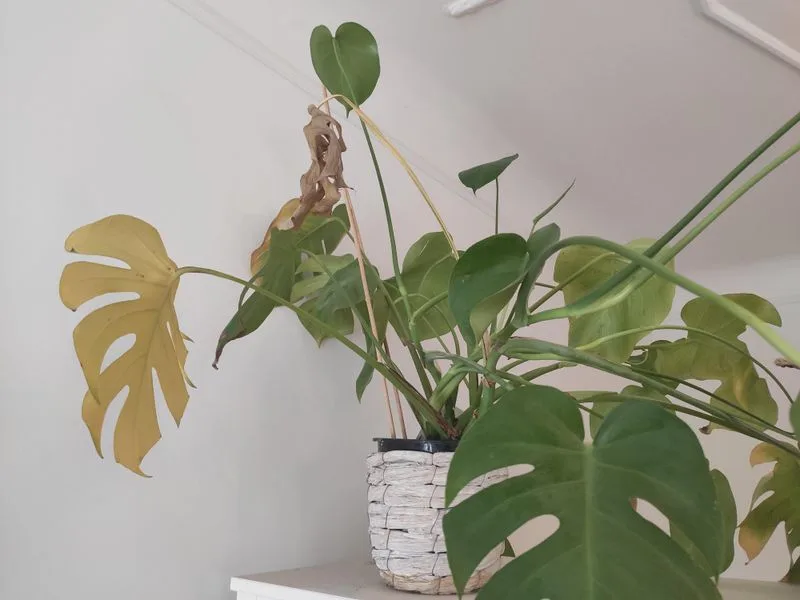
Focusing on foliage leaves roots thirsty, as they’re the primary water intake source. Wet leaves can also lead to fungal diseases.
Direct your watering can or hose towards the base of the plant to ensure roots get their fill. This practice helps prevent unnecessary moisture on leaves.
For larger plants, a soaker hose can distribute water evenly at the root level, promoting deeper, stronger root systems.
Not Adjusting for Weather
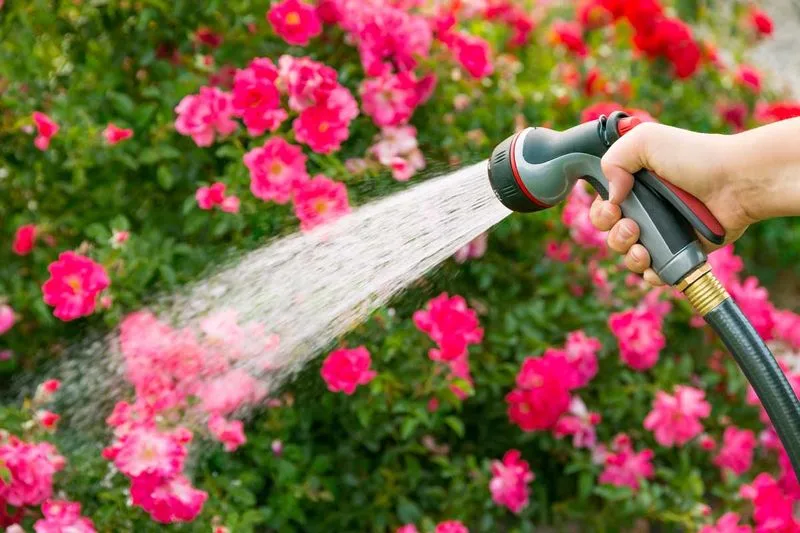
It’s vital to consider recent and upcoming weather conditions. Rainy periods reduce the need for additional watering, while dry spells may require more attention.
Check forecasts and adjust your routine accordingly. Overwatering on rainy days can lead to root rot.
For outdoor plants, setting up rain gauges can help monitor how much water your garden is receiving naturally, saving resources and preventing overwatering.
Inconsistent Watering Schedule
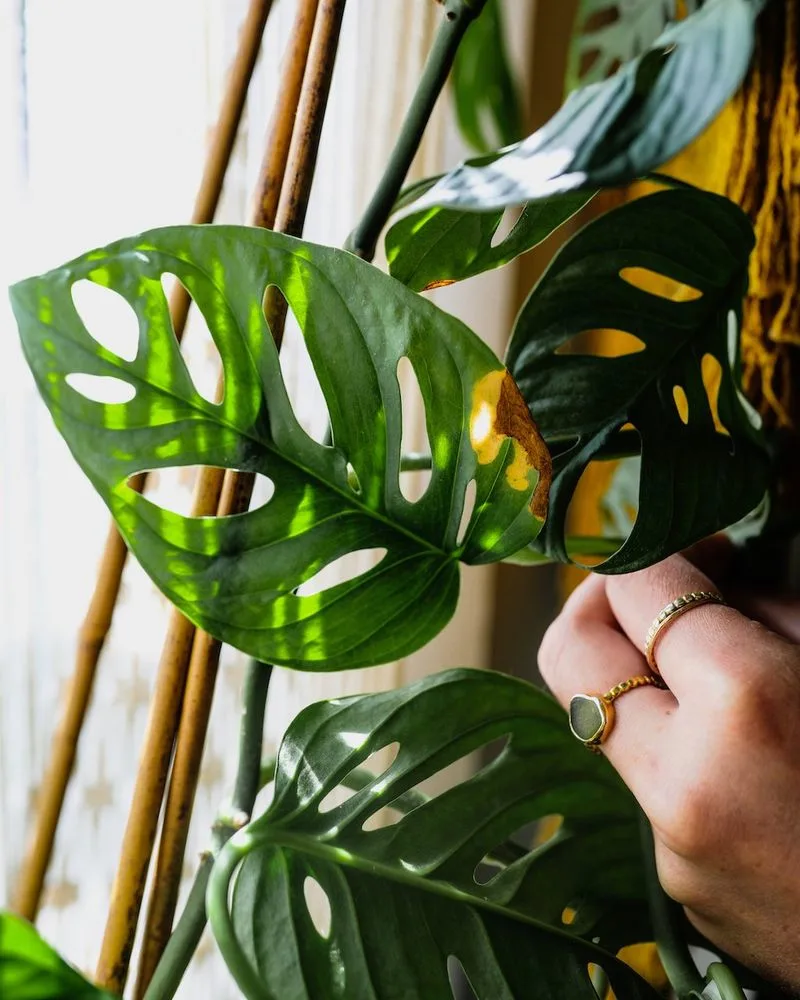
Plants thrive on consistency, and an erratic schedule can stress them. Establishing a routine ensures they receive the hydration they need.
Note the specific needs of each plant type and adjust your schedule to accommodate. Consistency helps in building resilience against environmental changes.
Forgetting to water can be as damaging as overwatering, so set reminders or use automated systems to maintain regularity.
Improper Drainage
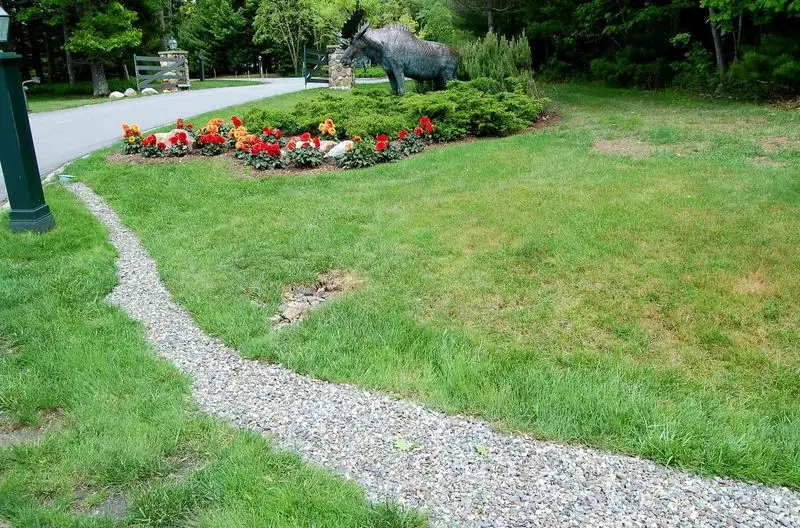
Without proper drainage, water can stagnate, suffocating roots and leading to rot. Ensure pots have holes, and consider adding stones to the bottom.
Good drainage allows excess water to escape, preventing waterlogged soil. For garden beds, raised beds or slope adjustments can help.
Regularly check drainage holes for blockages and clear them to maintain healthy root systems.
Using Hard Water

Hard water, rich in minerals, can accumulate, creating a crusty layer on soil and leaves. This buildup can affect nutrient absorption.
Using filtered or rainwater is beneficial, reducing mineral content and improving plant health.
If hard water is unavoidable, periodic soil flushing can help mitigate residue effects. Understanding your water source can prevent long-term issues.
Neglecting Container Plants
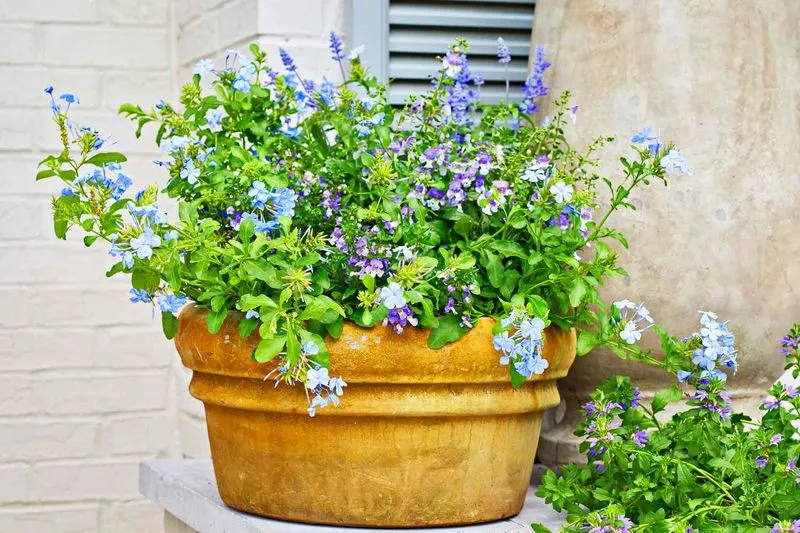
Container plants dry out faster than those in the ground, needing more frequent checks. Their limited soil volume means evaporation occurs swiftly.
Regularly monitor these plants, adjusting watering frequency. Placing them together can create a microenvironment, reducing evaporation.
In hot climates, consider grouping or shading containers to retain moisture. Container plants thrive with attentive care, reflecting their surroundings beautifully.

